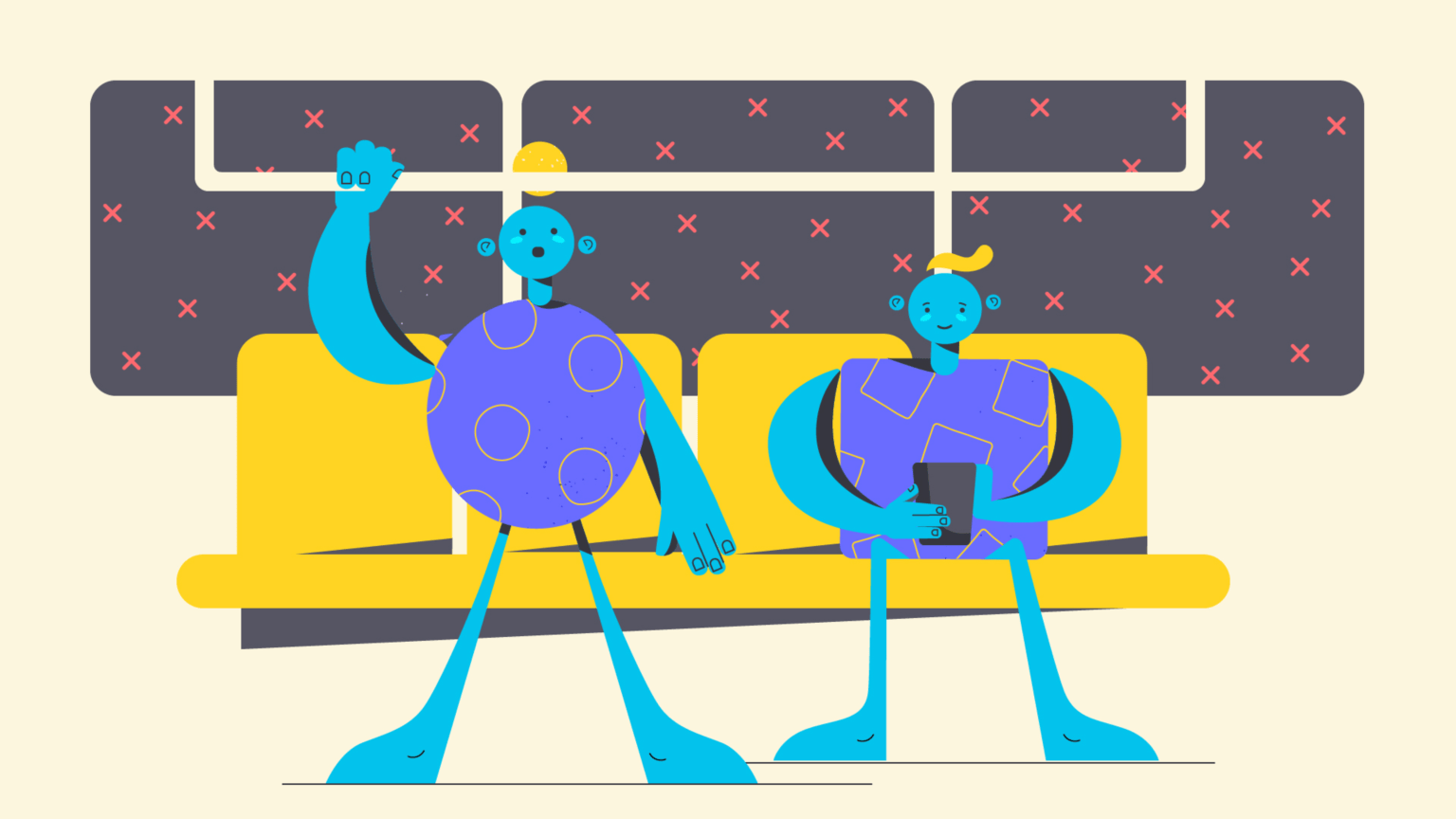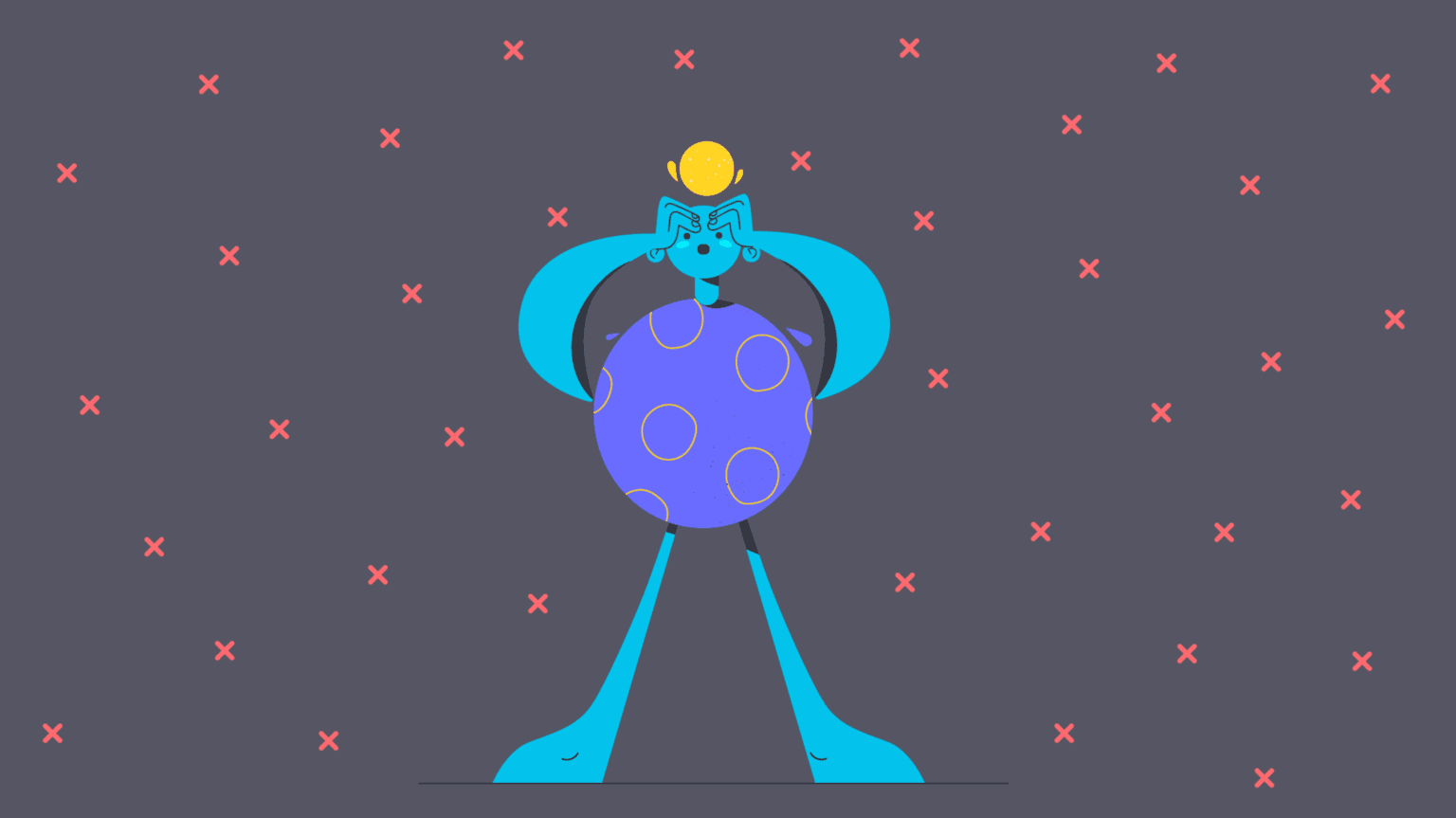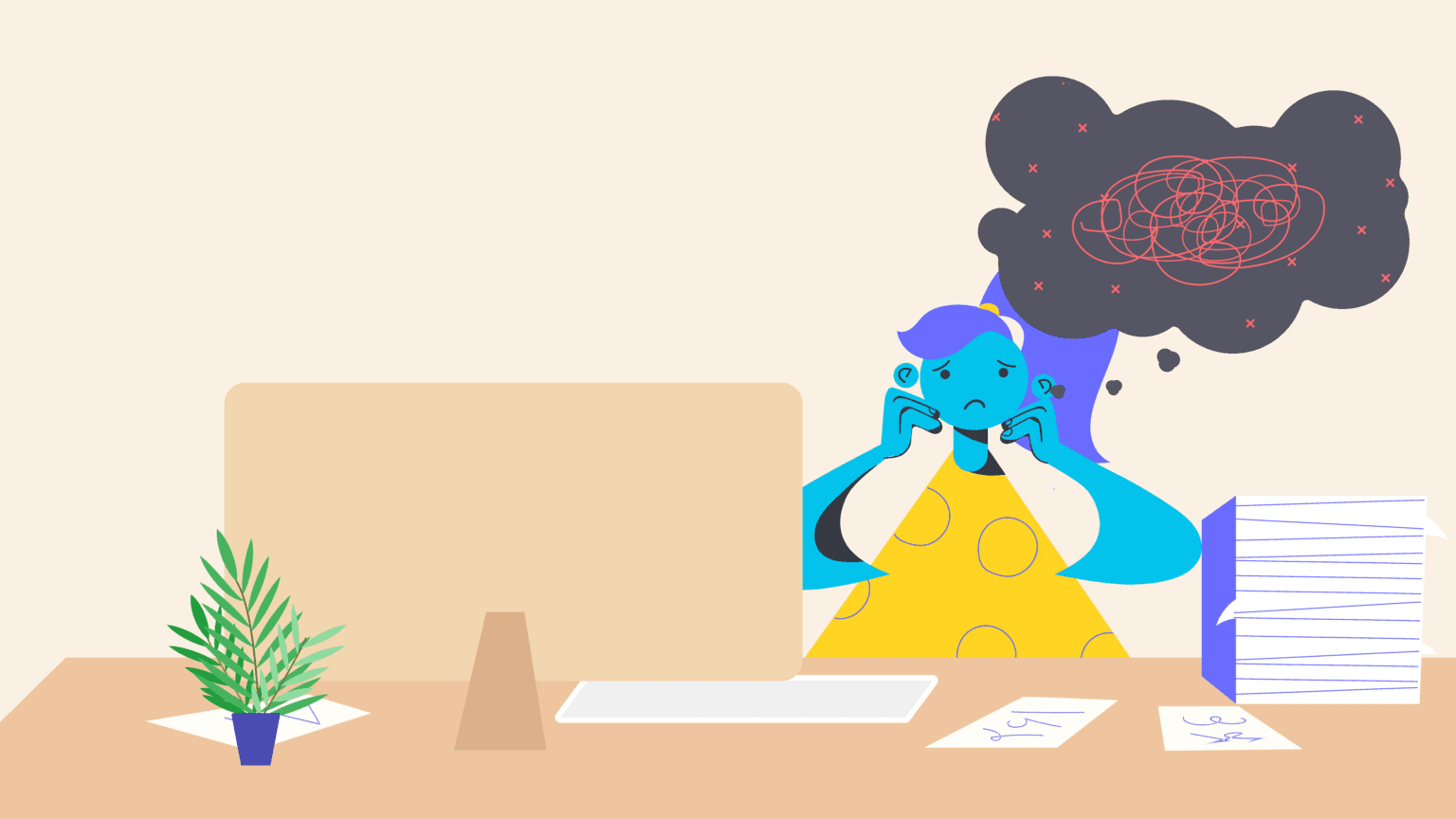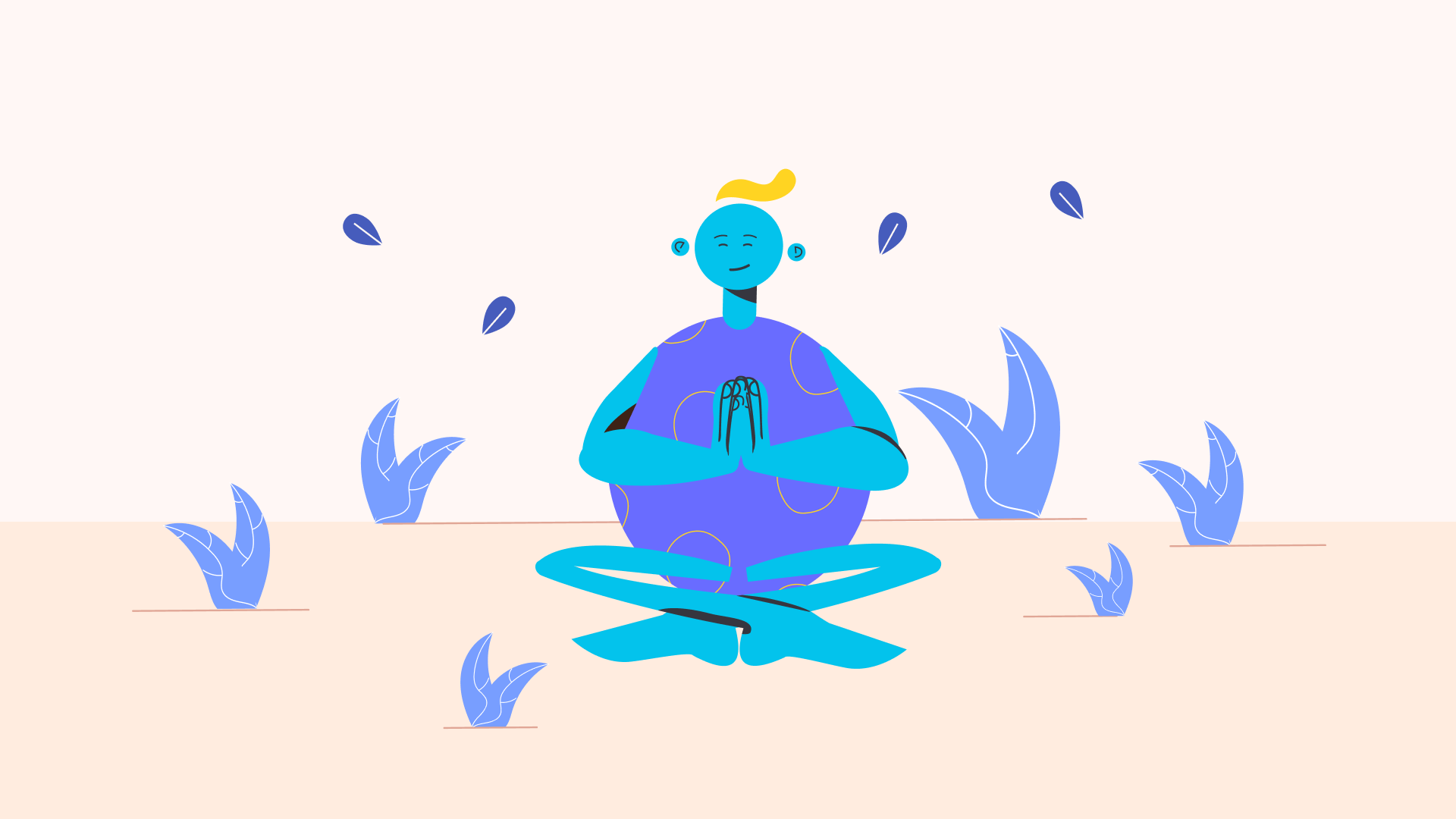Reducing Anxiety and Panic Long-Term – How It Works

Break through the patterns that maintain your anxiety and panic through conscious confrontation.
When you type "What to do about panic attacks?" or "Tips against panic" into common search engines, countless pieces of advice appear, like "call a friend," "drink water," or "do breathing exercises." Such strategies can provide short-term relief. However, many people affected find themselves in a cycle of avoidance, distraction, and safety behaviors that can strengthen anxiety in the long term. Why this happens – and what you can do to break through the anxiety sustainably – you'll learn in this article.
How Do Panic Attacks Develop?
Psychologically speaking, anxiety develops through learning experiences: The so-called fear center links neutral stimuli with threatening feelings – a process known as classical conditioning. If, for example, you experience a panic attack on the subway or train, your brain will store this location as dangerous – even though no objective danger exists. The next time, the fear signals again to "warn" you.
This creates a cycle that traps many people in their fear of fear – also known as anticipatory anxiety.
Tip: In the app "Mindable: Panic & Agoraphobia" you can understand how your fear center learned to link certain situations with panic – and how you can gradually change these patterns.
Why Panic and Anxiety Often Become Entrenched
The second form of learning that plays a role is operant conditioning: If you avoid or leave situations when anxiety arises, you experience short-term relief – your brain learns: Avoidance works.
The problem: Long-term, you also avoid the chance for a corrective experience – the proof that you can handle the situation even without aids.
Common behavioral patterns:
- Avoiding places (e.g., crowded trains, supermarkets, crowds)
- Using safety signals (e.g., water bottle, medication, companion)
- Leaving situations early
The more frequently you apply these behaviors, the more the anxiety structure is confirmed in the brain.
Tip: Learn more in the module "What Maintains My Anxiety?" in the Mindable: Panic & Agoraphobia app.
The Key: Corrective Experiences Through Confrontation
A central component of cognitive behavioral therapy is confrontation exercises (also called exposure). You deliberately enter an anxiety-provoking situation and stay until the anxiety subsides on its own.
You can imagine a panic attack like a wave: It builds up, reaches its peak, and then recedes. When you learn to endure it without fleeing, your brain realizes: The situation isn't dangerous. I can handle this.
These experiences are called corrective experiences. They help break down old anxiety patterns.
How the Mindable App Supports You
The app "Mindable: Panic & Agoraphobia" is based on scientifically-founded principles of cognitive behavioral therapy and consists of the following modules:
- Psychoeducation: Learning lessons to better understand your anxieties and panic attacks
- Individually plannable confrontation exercises
- Anxiety diary
- Weekly symptom assessments
- Data export for doctors or therapists
The app is a reimbursable medical device and can be prescribed to you by doctors or psychotherapists. The costs are covered by all German statutory health insurance companies.
Get it prescribed for free now
Note: This article is for informational purposes and does not replace medical advice.




